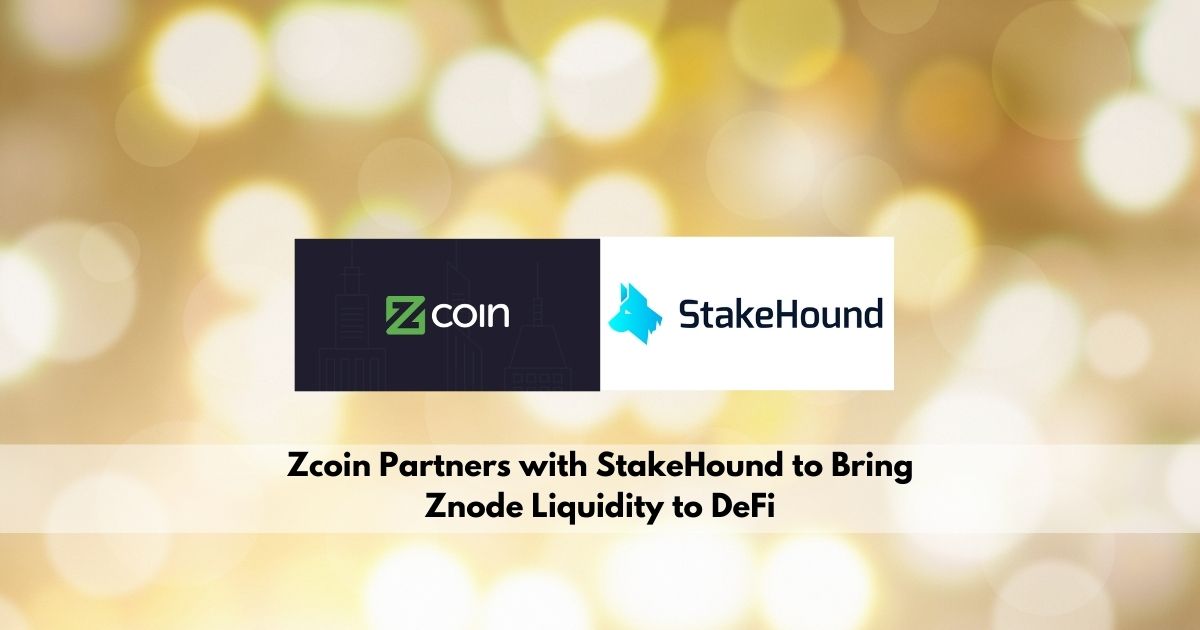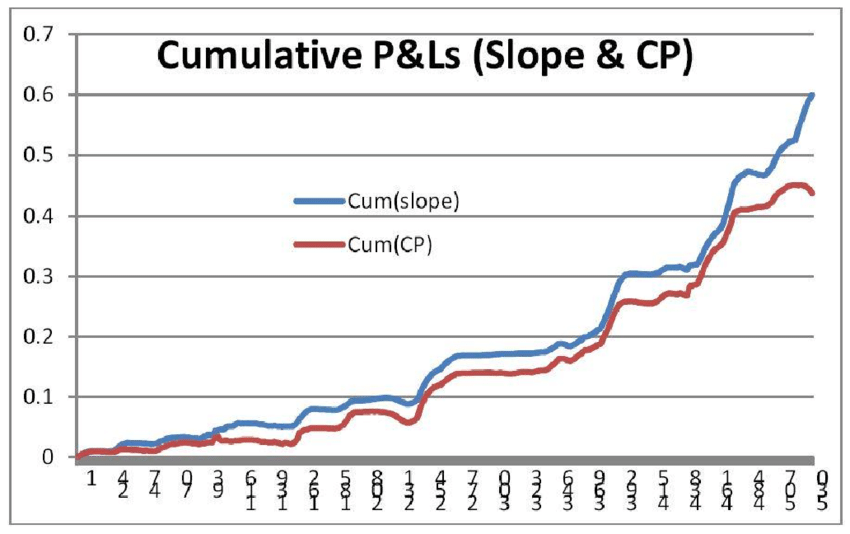
When looking at the benefits and risks of yield farming, a common question investors ask is "Should I invest in DeFi?" There are several reasons to do so. One of these is the potential for yield farm to produce significant profits. Early adopters can expect to earn high token rewards that shoot up in value. These token rewards allow them to reinvest the profit and make more money than they would otherwise. Yield farming can be a reliable investment strategy that generates significantly more interest than traditional banks. But, there are still risks. DeFi has volatile interest rates and is therefore a more risky environment to invest.
Investing to grow yield farms
Yield Farming, an investment strategy that rewards investors with tokens in exchange for a share of their investments, is called Yield Farming. These tokens will increase in price very quickly and can then be resold to make a profit, or reinvested. Yield Farming might offer higher returns that conventional investments, but it also comes with high risks such as Slippage. In periods of high volatility the market, an annual percentage rate may not be accurate.
The DeFiPULSE site is a good place to verify the Yield Farming project’s performance. This index represents the total amount of cryptocurrency that is locked into DeFi lending platforms. It also shows total liquidity from DeFi liquidity banks. The TVL index is used by many investors to analyze Yield Farming project performance. This index can be found on the DEFI PULSE website. This index is growing because investors have confidence in this type and future project.
Yield farming, an investment strategy that relies on decentralized platforms to supply liquidity to projects, is called a yield farm. Yield farming is a different investment strategy than traditional banks. It allows investors to generate significant amounts of cryptocurrency using idle tokens. This strategy relies on decentralized exchanges and smart contracts, which allow investors to automate financial agreements between two parties. Investors can earn transaction fees, governance tokens and interest by investing in yield farms.

Identifying a suitable platform
Although yield farming may appear simple, it is actually not that easy. Among the many risks associated with yield farming is the possibility of losing your collateral. DeFi protocols are often developed by small teams with low budgets. This makes it more difficult to find bugs in smart contracts. There are several ways to reduce the risk of yield-farming by selecting a suitable platform.
Yield farming, a DeFi application that allows digital assets to be borrowed and lent through smart contracts, is also known as DeFi. These platforms offer crypto holders trustless options and allow them to lend their holdings to other users using smart contracts. Each DeFi application has its own unique characteristics and functionality. This will affect how yield farming can be done. Each platform has its own rules and conditions when it comes to lending or borrowing crypto.
Once you've identified the right platform, you can start reaping the rewards. A liquidity pool is a key component of a successful yield farming strategy. This is a system that uses smart contracts to power a marketplace. These platforms allow users to exchange and lend tokens in exchange for fees. Users are paid for lending their tokens. If you are looking for an easy way to get started with yield farming, you might consider a smaller platform that lets you invest in a wider range of assets.
How to determine the health of a platform by identifying a metric
The success of the industry depends on the identification of a metric to measure the health of a yield-farming platform. Yield farming is the process of earning rewards with cryptocurrency holdings, such as bitcoin or Ethereum. This can be compared with staking. Yield farming platforms work with liquidity providers, who add funds to liquidity pools. Liquidity providers earn a reward for providing liquidity, usually from the platform's fees.

Liquidity, a key metric to measure the health and performance of a yield farming platform, is one. Yield mining is a form or liquidity mining. It works on an automated marketplace maker model. In addition to cryptocurrencies, yield farming platforms also offer tokens that are pegged to USD or another stablecoin. Liquidity providers get rewards based upon the amount they provide in funds and the protocol rules that govern trading costs.
A key step to making an investment decision is to determine a measure that will be used to evaluate a yield farm platform. Yield-farming platforms are extremely volatile and susceptible to market fluctuation. These risks could be mitigated by the fact that yield farm is a kind of staking. It requires users to stake crypto currencies for a specified amount of times in exchange for money. Lenders and borrower alike are both concerned by yield farming platforms.
FAQ
Is it possible earn bitcoins free of charge?
Price fluctuates every day, so it might be worthwhile to invest more money when the price is higher.
Where can you find more information about Bitcoin?
There is a lot of information available about Bitcoin.
Where Can I Sell My Coins For Cash?
There are many places where you can sell your coins for cash. Localbitcoins.com has a lot of users who meet face to face and can complete trades. You can also find someone who will buy your coins at less than the price they were purchased at.
What is the Blockchain's record of transactions?
Each block contains a timestamp, a link to the previous block, and a hash code. Transactions are added to each block as soon as they occur. This continues until the final block is created. At this point, the blockchain becomes immutable.
How to use Cryptocurrency for Secure Purchases
It is easy to make online purchases using cryptocurrencies, especially when you are shopping abroad. If you wish to purchase something on Amazon.com, for example, you can pay with bitcoin. Be sure to verify the seller’s reputation before you do this. Some sellers may accept cryptocurrency. Others might not. Also, read up on how to protect yourself against fraud.
How does Cryptocurrency operate?
Bitcoin works just like any other currency except that it uses cryptography to transfer money between people. The bitcoin blockchain technology allows secure transactions between two parties who are not related. It is safer than sending money through traditional banking channels because no third party is involved.
Statistics
- “It could be 1% to 5%, it could be 10%,” he says. (forbes.com)
- Ethereum estimates its energy usage will decrease by 99.95% once it closes “the final chapter of proof of work on Ethereum.” (forbes.com)
- A return on Investment of 100 million% over the last decade suggests that investing in Bitcoin is almost always a good idea. (primexbt.com)
- For example, you may have to pay 5% of the transaction amount when you make a cash advance. (forbes.com)
- As Bitcoin has seen as much as a 100 million% ROI over the last several years, and it has beat out all other assets, including gold, stocks, and oil, in year-to-date returns suggests that it is worth it. (primexbt.com)
External Links
How To
How to get started with investing in Cryptocurrencies
Crypto currencies, digital assets, use cryptography (specifically encryption), to regulate their generation as well as transactions. They provide security and anonymity. Satoshi Nakamoto invented Bitcoin in 2008, making it the first cryptocurrency. Since then, many new cryptocurrencies have been brought to market.
There are many types of cryptocurrency currencies, including bitcoin, ripple, litecoin and etherium. A cryptocurrency's success depends on several factors. These include its adoption rate, market capitalization and liquidity, transaction fees as well as speed, volatility and ease of mining.
There are many ways to invest in cryptocurrency. Another way to buy cryptocurrencies is through exchanges like Coinbase or Kraken. You can also mine your own coin, solo or in a pool with others. You can also purchase tokens using ICOs.
Coinbase, one of the biggest online cryptocurrency platforms, is available. It lets users store, buy, and trade cryptocurrencies like Bitcoin, Ethereum and Litecoin. Users can fund their account via bank transfer, credit card or debit card.
Kraken is another popular exchange platform for buying and selling cryptocurrencies. You can trade against USD, EUR and GBP as well as CAD, JPY and AUD. Some traders prefer trading against USD as they avoid the fluctuations of foreign currencies.
Bittrex is another well-known exchange platform. It supports over 200 cryptocurrencies and provides free API access to all users.
Binance, a relatively recent exchange platform, was launched in 2017. It claims that it is the most popular exchange and has the highest growth rate. It currently has more than $1B worth of traded volume every day.
Etherium is an open-source blockchain network that runs smart agreements. It uses a proof-of work consensus mechanism to validate blocks, and to run applications.
In conclusion, cryptocurrencies do not have a central regulator. They are peer–to-peer networks which use decentralized consensus mechanisms for verifying and generating transactions.